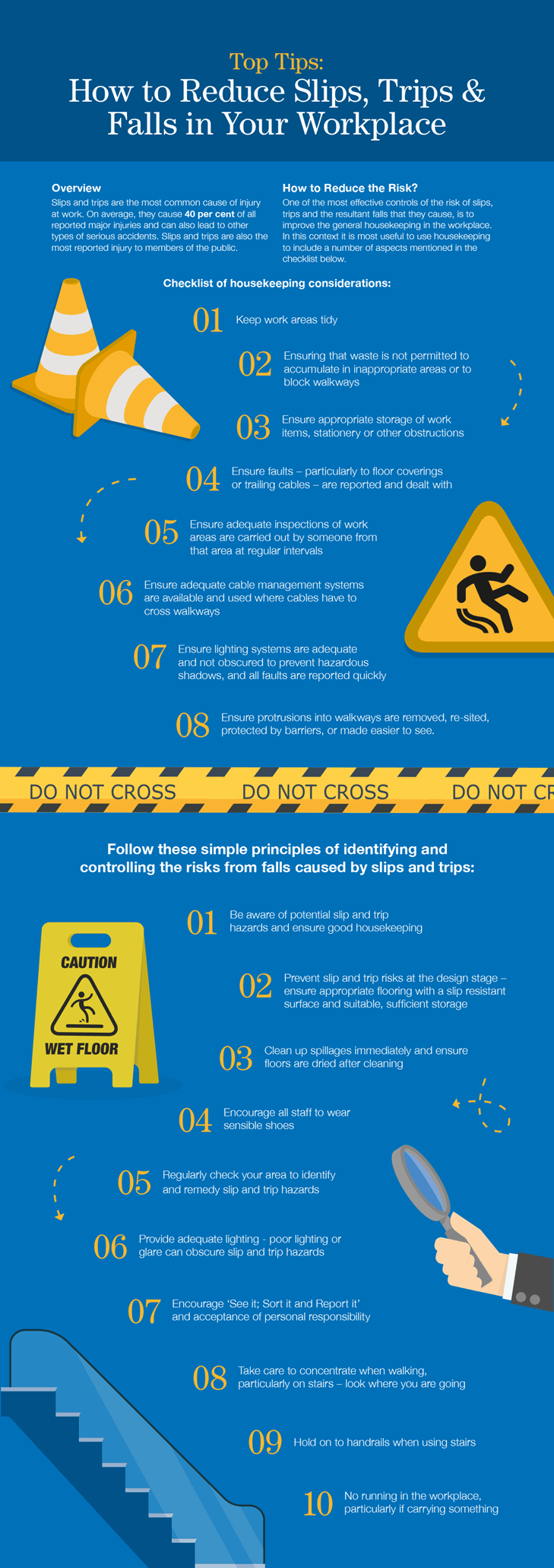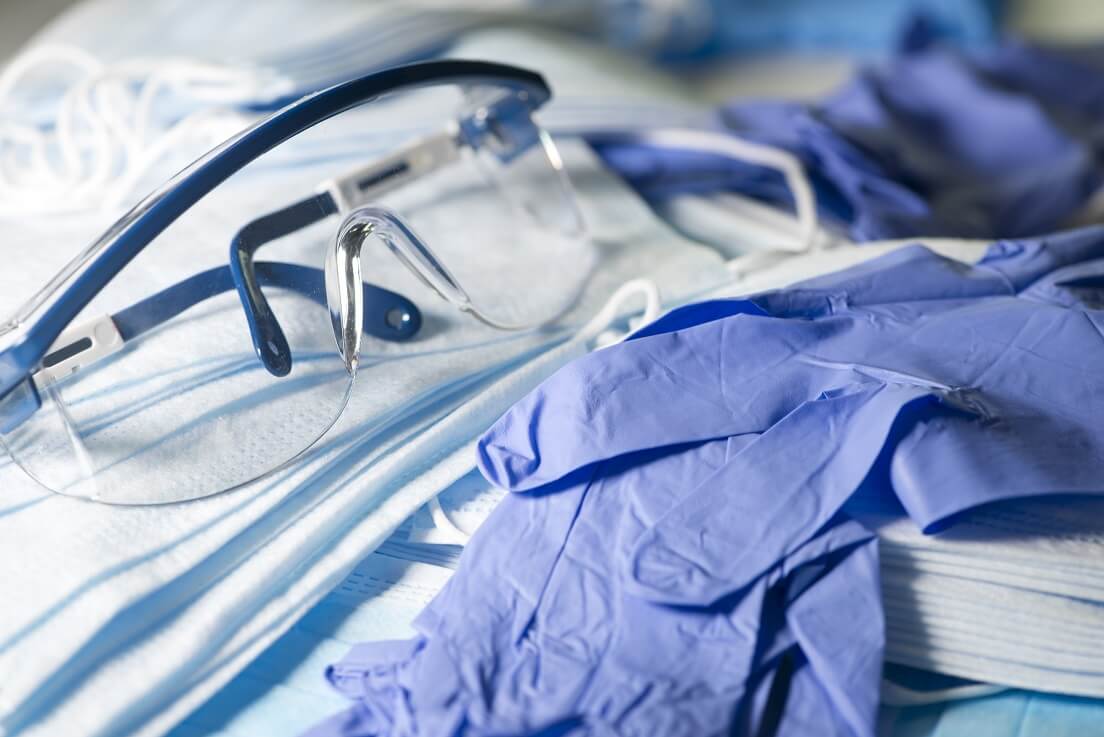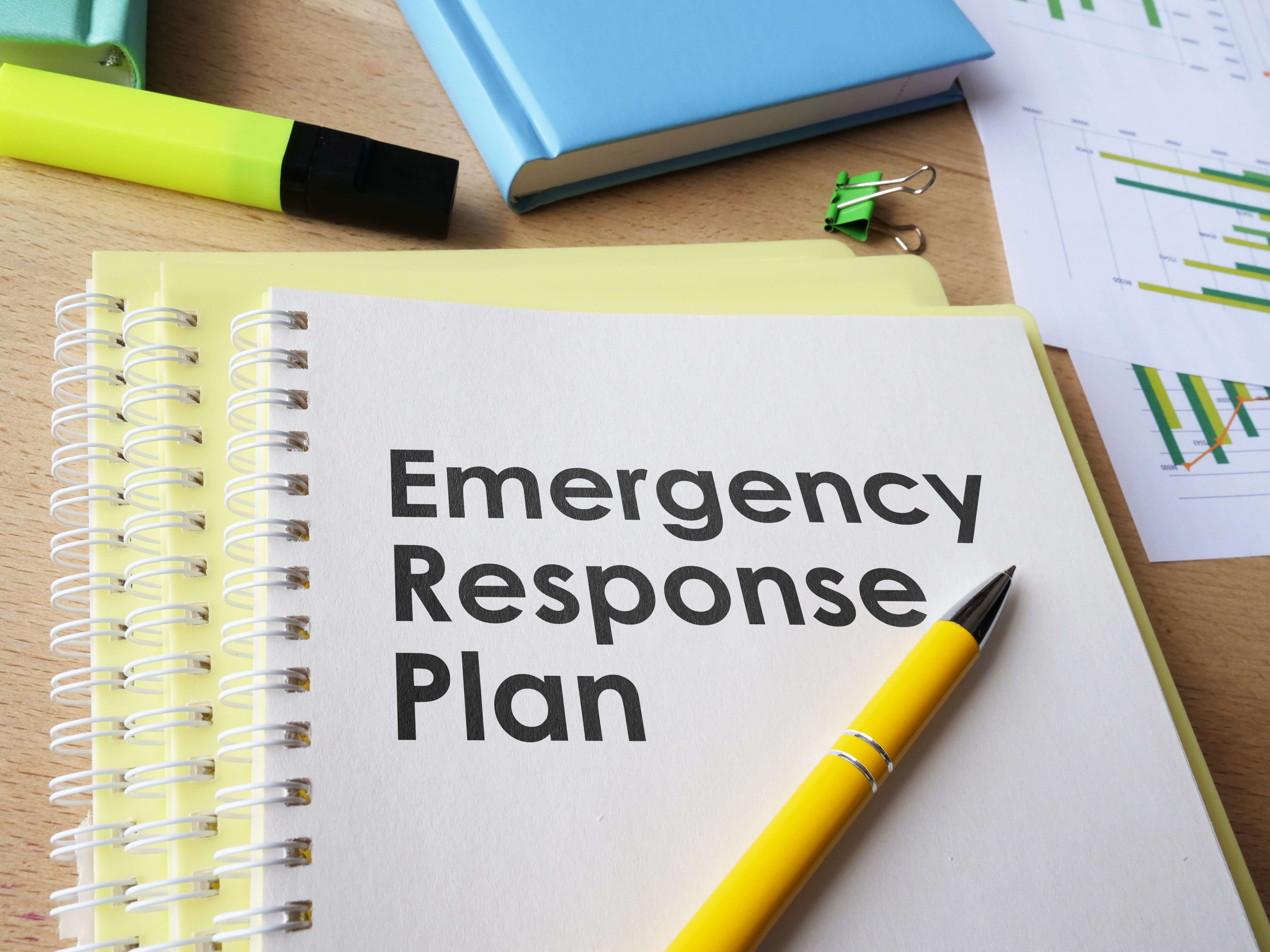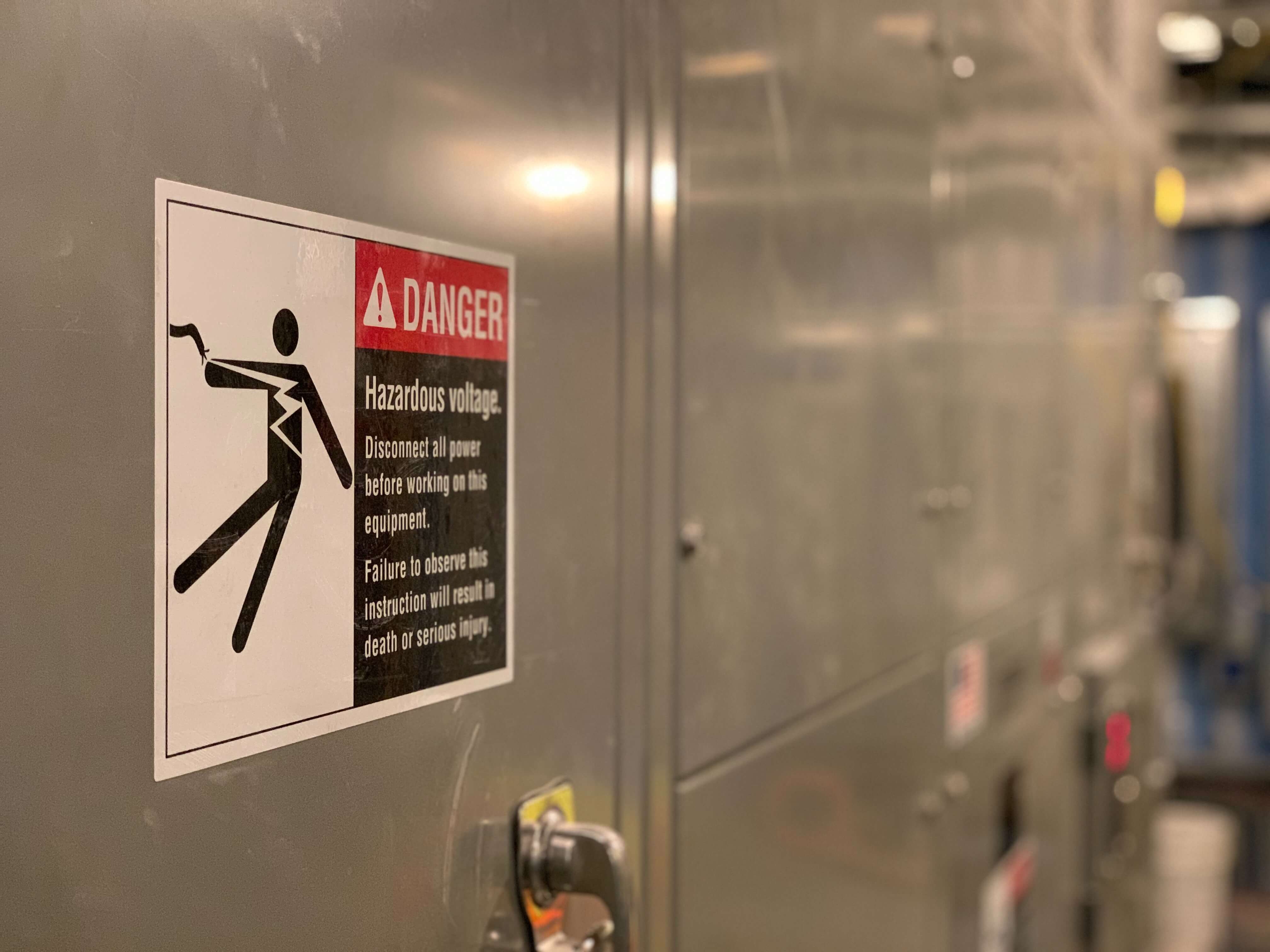Slips and trips are the most common cause of injury at work. On average, they cause 40 per cent of all reported major injuries and can also lead to other types of serious accidents, for example falls from height. Slips and trips are also the most reported injury to members of the public.
Add this infographic to your website by copying and pasting the following embed code:
<div style="clear:both"><a href="https://croner.co.uk/media/1803/top-10-tips-to-reduce-slips-trips-and-falls.pdf"><img src="https://croner.co.uk/media/1801/top-10-tips-to-reduce-slips-trips-and-falls-in-your-workplace.png" title="Top 10 Tips to Reduce Slips, Trips & Falls in the Workplace" alt="Managing Slips, Trips & Falls in the Workplace" border="0"></a></div><div>Courtesy of: <a href="https://croner.co.uk/">Croner</a>.</div>
How to Reduce the Risk?
One of the most effective controls of the risk of slips, trips and the resultant falls that they cause, is to improve the general housekeeping in the workplace. In this context it is most useful to use housekeeping to include a number of aspects mentioned in the checklist below.
Checklist of housekeeping considerations
- Keep work areas tidy
- Ensuring that waste is not permitted to accumulate in inappropriate areas or to block walkways
- Ensure appropriate storage of work items, stationery or other obstructions
- Ensure faults – particularly to floor coverings or trailing cables – are reported and dealt with
- Ensure adequate inspections of work areas are carried out by someone from that area at regular intervals
- Ensure adequate cable management systems are available and used where cables have to cross walkways
- Ensure lighting systems are adequate and not obscured to prevent hazardous shadows, and all faults are reported quickly
- Ensure protrusions into walkways are removed, re-sited, protected by barriers, or made easier to see.
Follow these simple principles of identifying and controlling the risks from falls caused by slips and trips:
- Be aware of potential slip and trip hazards and ensure good housekeeping
- Prevent slip and trip risks at the design stage – ensure appropriate flooring with a slip resistant surface and suitable, sufficient storage
- Clean up spillages immediately and ensure floors are dried after cleaning
- Encourage all staff to wear sensible shoes
- Regularly check your area to identify and remedy slip and trip hazards
- Provide adequate lighting - poor lighting or glare can obscure slip and trip hazards
- Encourage ‘See it; Sort it and Report it’ and acceptance of personal responsibility
- Take care to concentrate when walking, particularly on stairs – look where you are going
- Hold on to handrails when using stairs
- No running in the workplace, particularly if carrying something
Related resources
Categories
- Business Advice
- Contracts & Documentation
- Culture & Performance
- Disciplinary & Grievances
- Dismissals & Conduct
- Employee Conduct
- Employment Law
- End of Contract
- Equality & Discrimination
- Health & Safety
- Hiring & Managing
- Leave & Absence
- Managing Health & Safety
- Moving
- Occupational Health
- Pay & Benefits
- Recruitment
- Risk & Welfare




